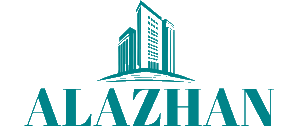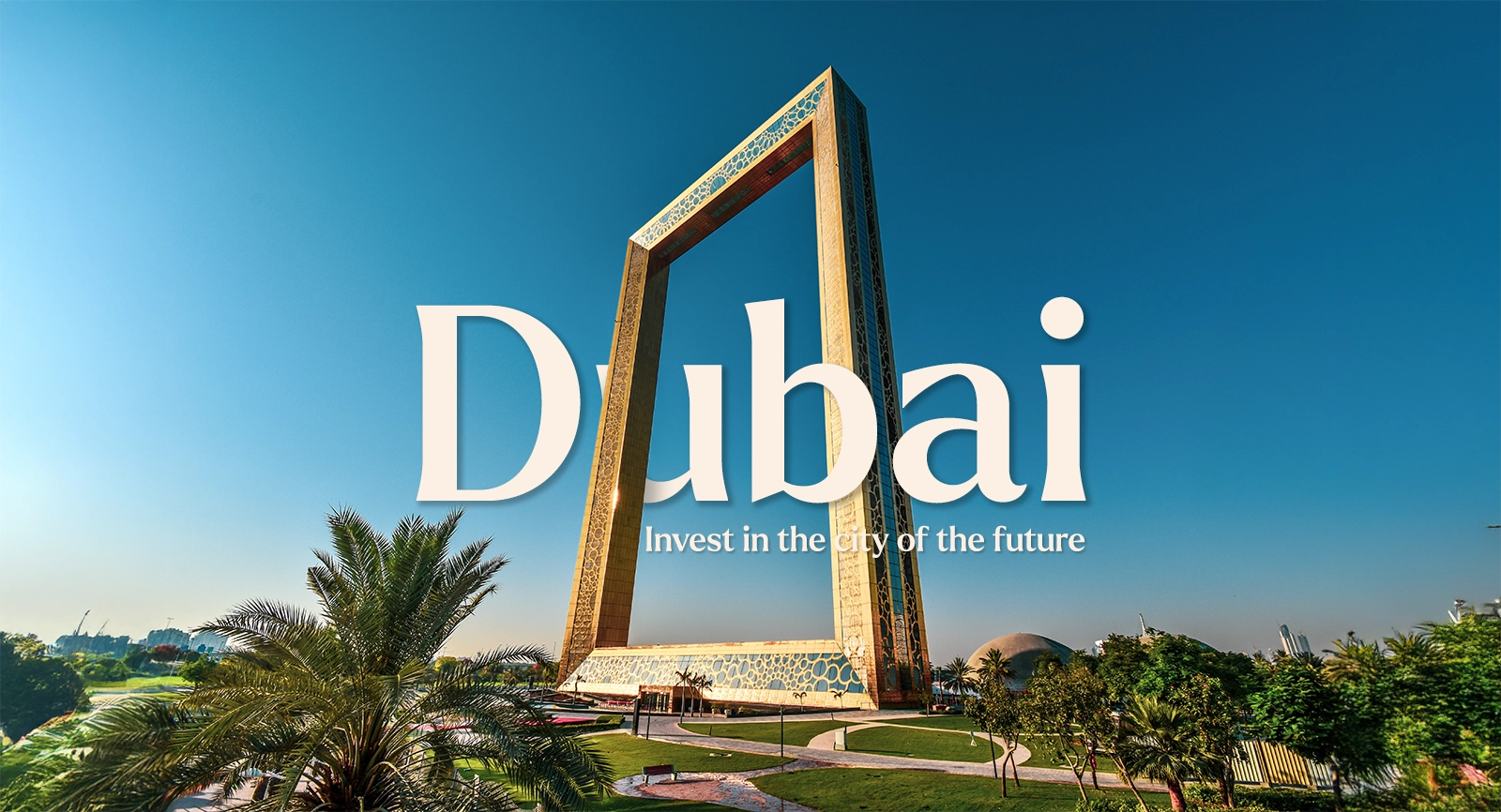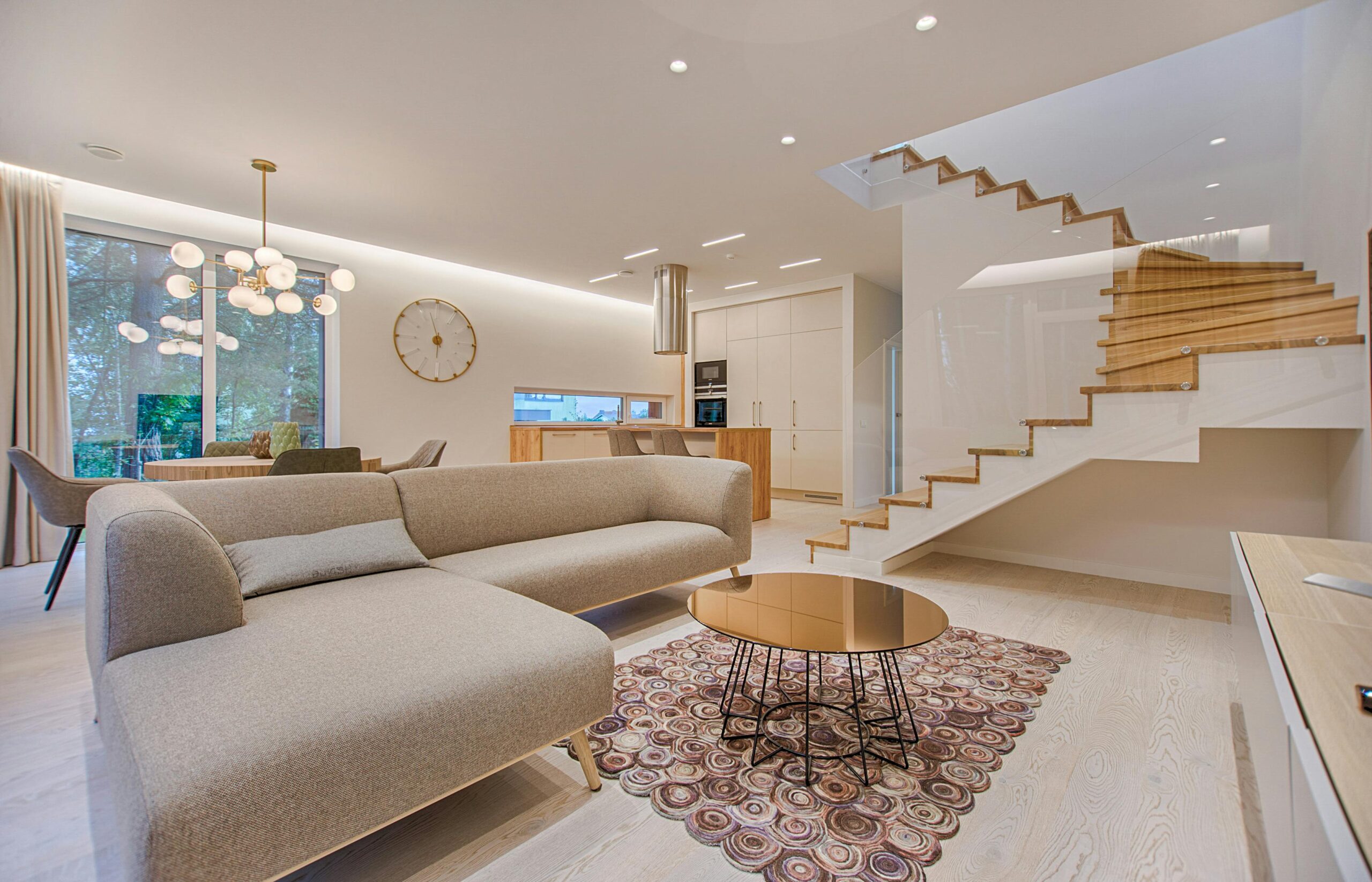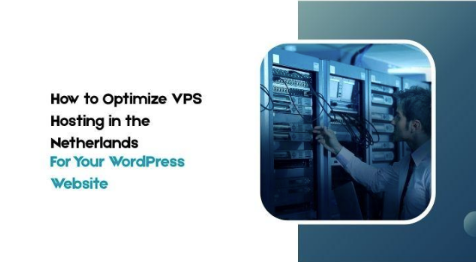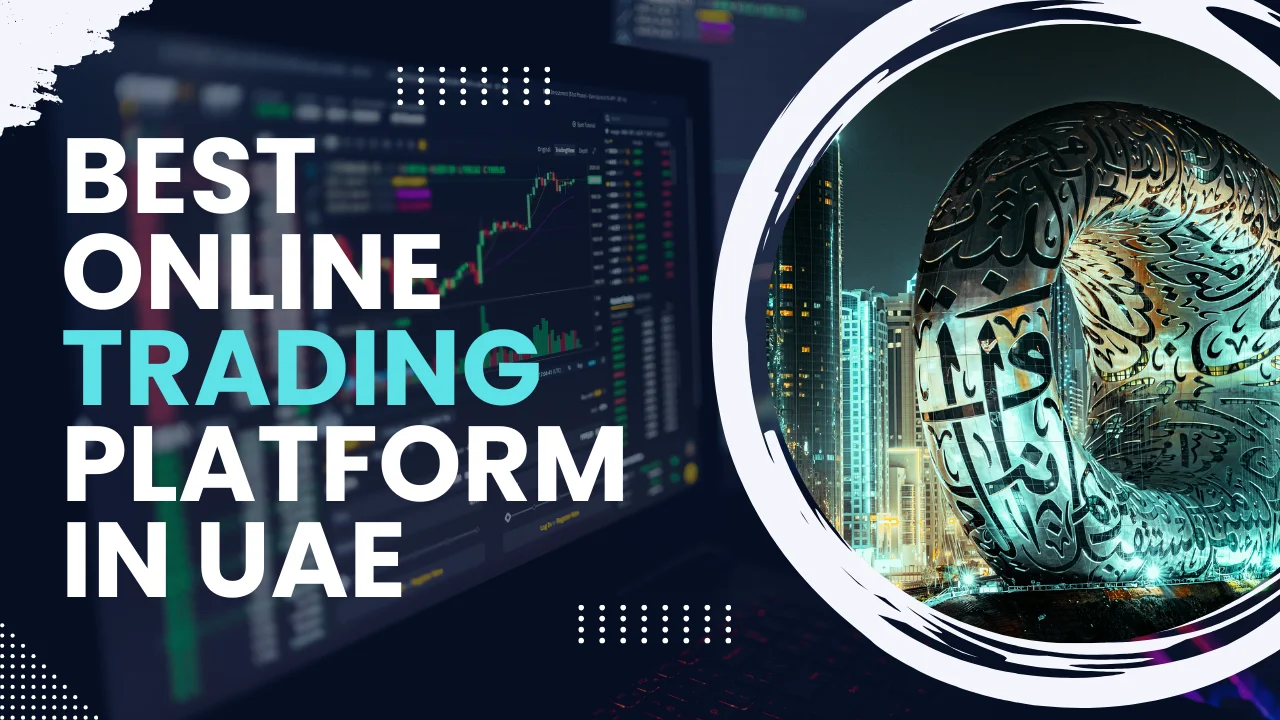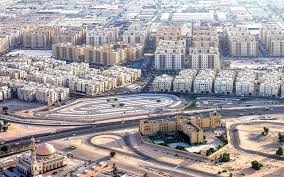
Nestled within the west part in Dubai, Al Quoz stands as a testimony to Dubai’s rapid growth that blends industrial energy with creative innovation. It is border with Al Wasl to the north and surround with Umm Al Sheif, Al Manara Al Manara, and Al Safa to the west, Al Quoz stretches between the well-known Al Khail and Sheikh Zayed roads, which form a distinct rectangular enclosure.
Historical Context and Etymology
“Al Quoz” comes from the word “Al Quoz” is derived from the Arabic word “qwz,” which refers to a kind of dunes made of sand, also that is known as a barchan. with its distinctive crescent shape that is created by wind. The nomenclature of the area reflects its initial desert landscape prior to the urbanization process.
Geographical Layout and Demographics
Al Quoz is systematically divid into several sub-communities, each serving distinct purposes:
Residential Zones: Al Quoz 1, 2 (recently chan to “Ghadeer Al Tair”) and 4 are primarily residential areas, mostly houses Emirati families. It is noteworthy that 2 is home to the Emirati family. 2 is the home of residents of the Al Quoz Pond Park and shares borders with the newly built Mohammed Bin Rashid (MBR) City.Wikipedia
- Industrial Zones Al Quoz 3, together with the industrial zones 1 2, 3 and 4, are all designate for mass accommodation and industrial purpose, and were created under the auspices of Dubai Municipality. These sectors are integral to Dubai’s industrial framework, hosting numerous businesses and labor accommodations.Wikipedia
In 2022 Al Quoz boasts a number of 314,981 inhabitants which demonstrates its position as one of Dubai’s most populated areas.
Read Also: Bluewaters Island Location: A Prime Destination in Dubai
Al Quoz Creative District: A Cultural Renaissance
In accordance with Dubai’s visionary 2040 urban strategy The government has launch in the Al Quoz Creative District. The aim of the project is to create an environment that is inclusive of creative businesses, providing a seamless mix of work, residential exhibition, retail and spaces specifically design for artists, designers and other creatives. The district offers a range of benefits, such as exemptions from fees on a variety of items along with affordable rents, as well as complete support for business. Creative fields that are target include writing publishing visual and performing arts and cultural heritage projects and digital industries such as games and development of software.
Artistic and Cultural Attractions
Al Quoz has garner acclaim for its vibrant art scene with a myriad of galleries and artistic spaces that are tuck away within its industrial landscape.
Alserkal Avenue: This renowne cultural hub, locate within Al Quoz, is home to an array of modern arts galleries, studios for creativity and performance venues. It is the center of Dubai’s growing arts and culture community. Visit Dubai
- The Courtyard: An architectural jewel, The Courtyard offers a unique mix of art spaces boutiques, shops, and cafes that provide visitors with a variety of cultural experiences. Visit Dubai
Economic Landscape and Dubai Properties
The real estate market in Dubai is on a rising direction, with property prices seeing a dramatic increase. Since February 2021, the average price of property has increase by 75% and reached around AED 1750 ($476.50) for a square foot. This rapid growth can be attribute to Dubai’s resilience in the economy as well as the liberalization of visa policy and a growing population that are driving the demand for property in the market.
Dubai Properties, a leading real property developer, has play a key role in forming the city’s iconic skyline. Dubai Properties offers a broad range of properties for rent and purchase across a range of prime locations which include Jumeirah Beach Residence (JBR), Business Bay, and Dubailand. Their developments are design to meet an array of tastes that range from luxury villas to contemporary apartments, in line with Dubai’s goal of offering the best residential choices. Challenges Amidst Growth
The rapid growth of Dubai’s housing market while a sign of economic growth however, it has also brought about some issues. Residents have face higher cost of living as housing costs rise substantially. Furthermore, structural strains in the city like a rise in road congestion have been highlight as a source of concern. The government is currently exploring solutions, such as the development of remote working, expanding metro lines, and innovative transportation options, such as flying taxis, which can help ease these problems and improve the quality of urban living.
Conclusion
Al Quoz exemplifies Dubai’s dynamic capacity to seamlessly blend technological prowess and creative expression. While the area continues to grow initiatives such as Al Quoz’s Al Quoz Creative District are set to cement its place as a hub to innovation and creativity that will enrich the diversity of Dubai’s urban landscape.
